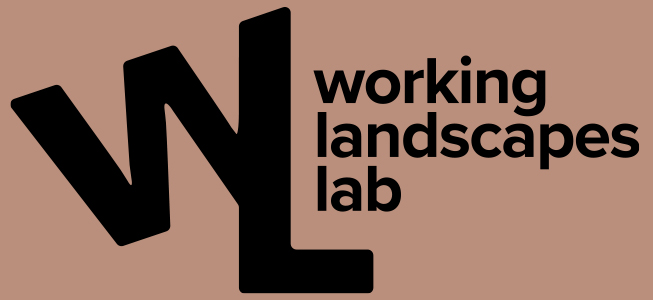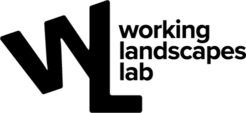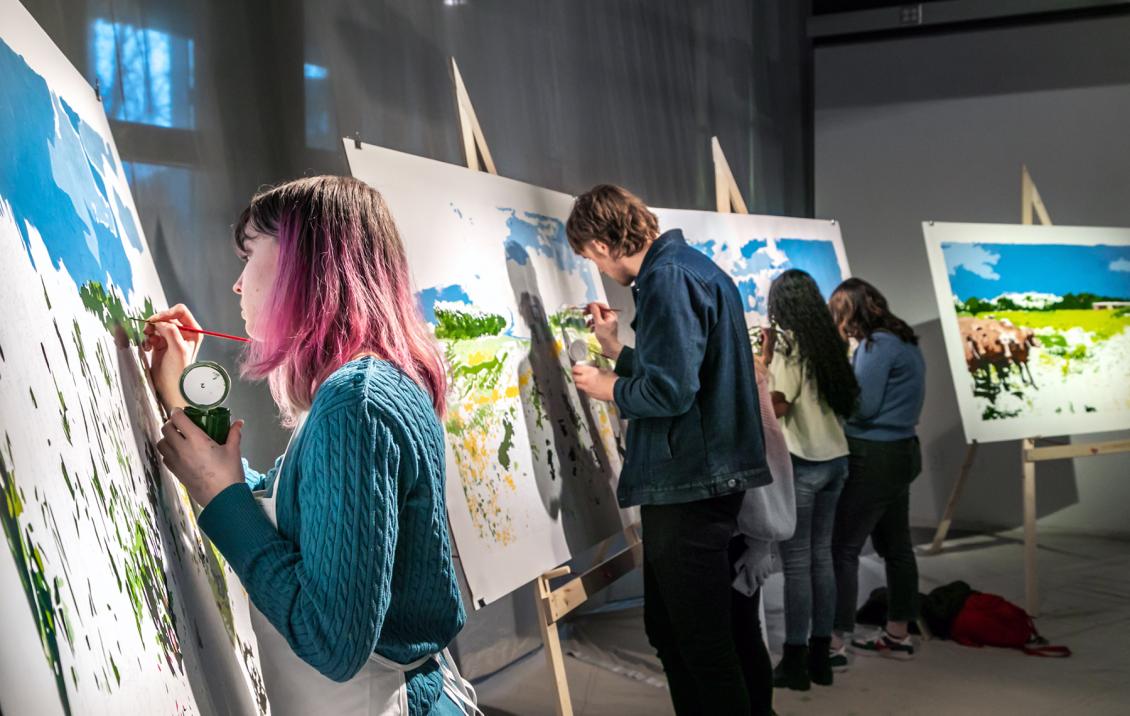
By the Numbers
New Principles for AgriCultural Representation
Publication
Lipschitz, Forbes "By the Numbers: New Principles for AgriCultural Representation" Journal of Landscape Architecture. 17 (1), 2022, pp 48-57.
Location
Banvard Gallery
Columbus, Ohio
Date
March 4, 2020 — March 27, 2020.
As American agricultural production has mechanized and cities have grown, fewer and fewer people experience firsthand the planting, growing and harvesting of crops. City dwellers drive through and fly over the working landscape, observing its inner workings from a distance. From this vantage point, the cultural and ecological dynamics occurring in agriculture can be likened to the unseen landscapes described by the artist Paul Nash: “They belong to the world that lies, visibly about us. They are unseen merely because they are not perceived; only in that way can they be regarded as invisible.” 1 As a result, the public is generally unaware of the complexity of the agricultural systems that are fundamental to food production. New forms of process-based and participatory representation could challenge this paradigm by embracing the ways in which these working landscapes are constructed, maintained and experienced.
The work presented herein explores a novel approach to agricultural landscape representation: the paint-by-numbers tradition is used as a unique participatory method for representing the agroecological complexity of the Midwestern Corn Belt, with the goal of inviting the public to take a closer look at this productive landscape. The farmlands of the Midwestern Corn Belt constitute an ideal case study for developing such a form of agricultural representation. The untrained observer can drive through the fields of Iowa, Indiana and western Ohio and perceive nothing other than a monotonous flatness. Yet behind the seemingly simple landscape lies a complex operational logic. In the highly ordered fields of the Midwest, corn and soybeans are planted, fertilized and harvested with GPS-controlled equipment. Data on past yield, soil quality and cultivar requirements dictate the density and arrangement of seeds. Much like an instruction-based artwork, abstract guidelines, created off-site, dictate the form and composition of the agricultural field. To borrow the language of Sol Lewitt, commodity production becomes “the machine that makes the art.” Nevertheless, although the commodity fields of the Corn Belt are highly standardized, they also exhibit emergent properties. Though guided by similar management regimens and spatial technologies, no two agricultural fields are identical. The productive landscape exhibits biological and phenomenological variability within and across the gridded field. Crops rotate between seasons and grow at different rates, while forest, perennial prairie and wetland plants colonize the field margins. Like the pixelated paintings by the conceptual artist Charles Gaines,” the system has never changed, the outcome is always different.” 2 Yet all of this complexity is hidden in plain sight from the casual observer.
The paint-by-numbers system is particularly well suited to introducing the public to the various intricacies of the agricultural landscape, both because of its interactive aspect and the similarity of its detailed process to the regimentation of commodity production. The method has wide appeal: when the paint-by-numbers kit debuted in the mid-20th century, proponents praised it for “democratizing” art, although critics derided it as a “metaphor for the commercialization and mechanization of culture.”3 Applying this method of representation to the working landscape is also particularly apt because numbered paintings embrace the twin principles of standardization and commodification, two defining characteristics of twenty-first century agriculture. Notwithstanding the dictates of the process, however, within the regimented confines of the numbered canvas painters can blend, shape and add texture to the image, possibly even continuing the landscape out onto the frame. Large format canvases can immerse the users in the image, inviting them to get lost in the details. By breaking down a relatively simple image into an elaborate mosaic of shapes and numbers, the paint-by-numbers canvas draws the painter into the spatial complexity latent in the productive landscape. Employing standard paint-by-numbers techniques, the following interactive exhibit seeks to tell a dynamic and tactile story about an otherwise overlooked and underappreciated landscape.
Read the full publication here.
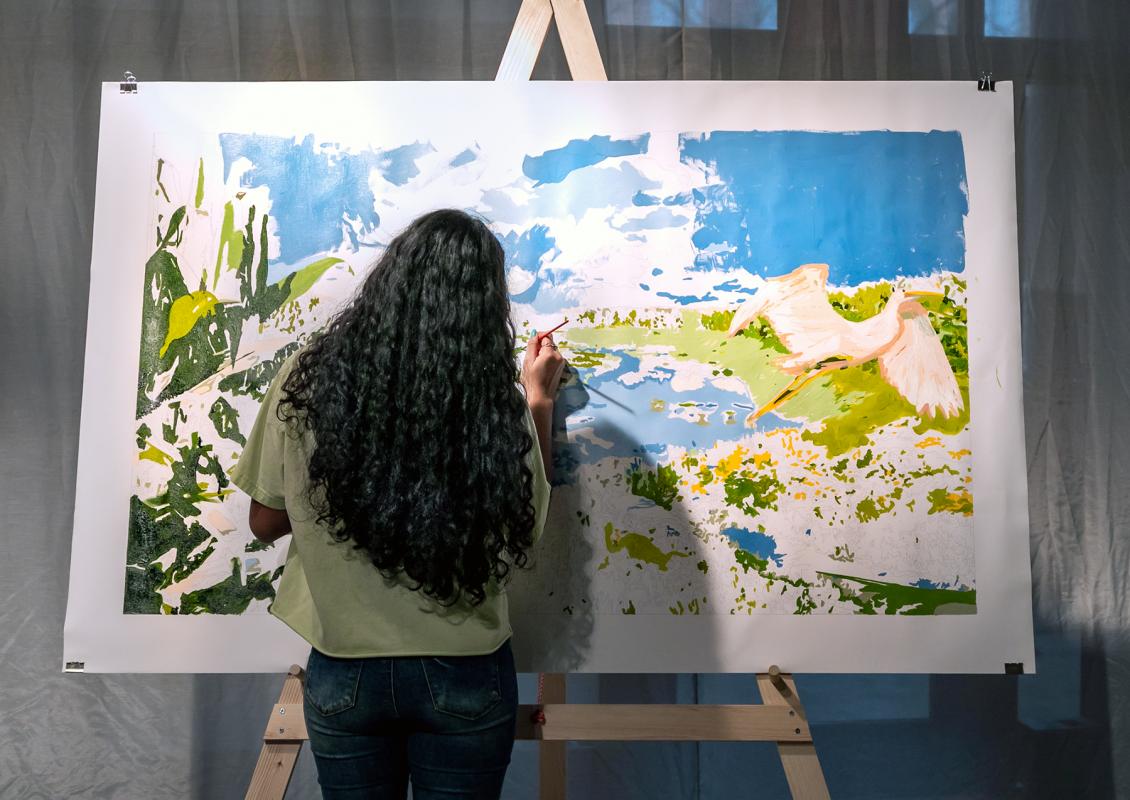

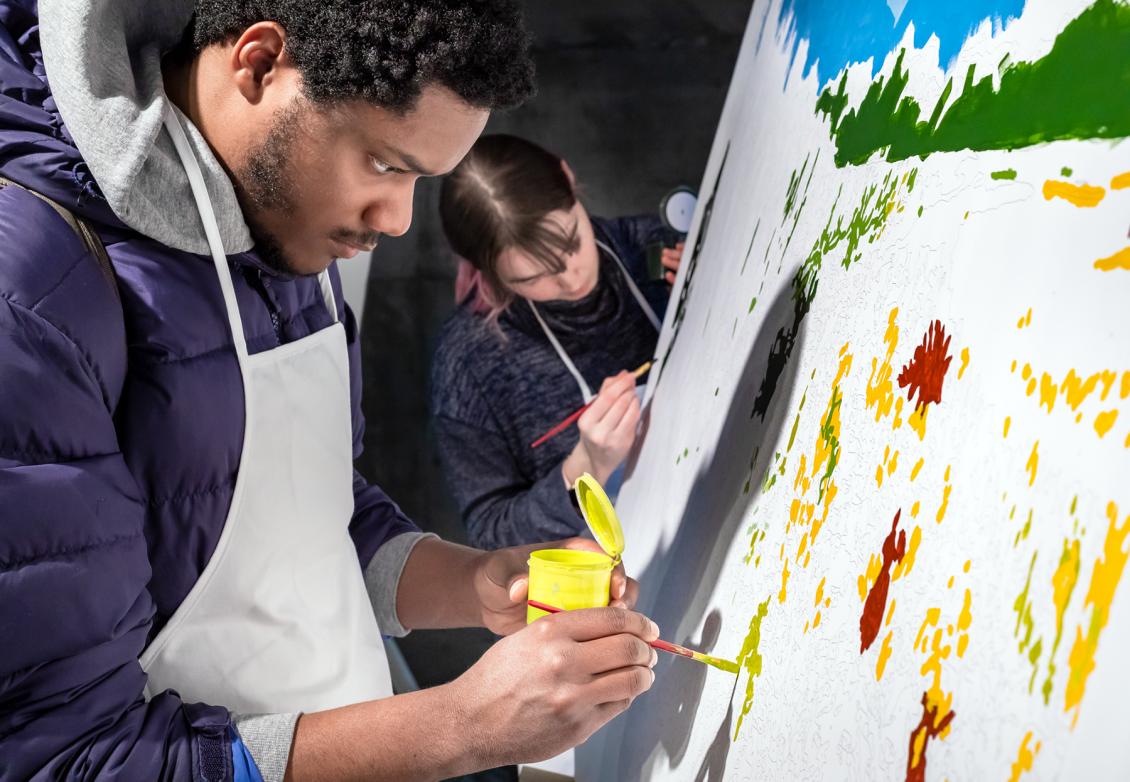
- Paul Nash, 'Unseen landscapes' Country Life, May 1938.
-
Charles Gaines, ‘Numbers and Trees: Palm Canyon, Palm Trees Series 3’, https://viphauserwirth.com/online-exhibitions/charles-gaines-numbers-and-trees, accessed 8 April 2021
- William L. Bird 2001). Paint by number: [how to craze that swept the nation]. New York: Princeton Architectural Press
